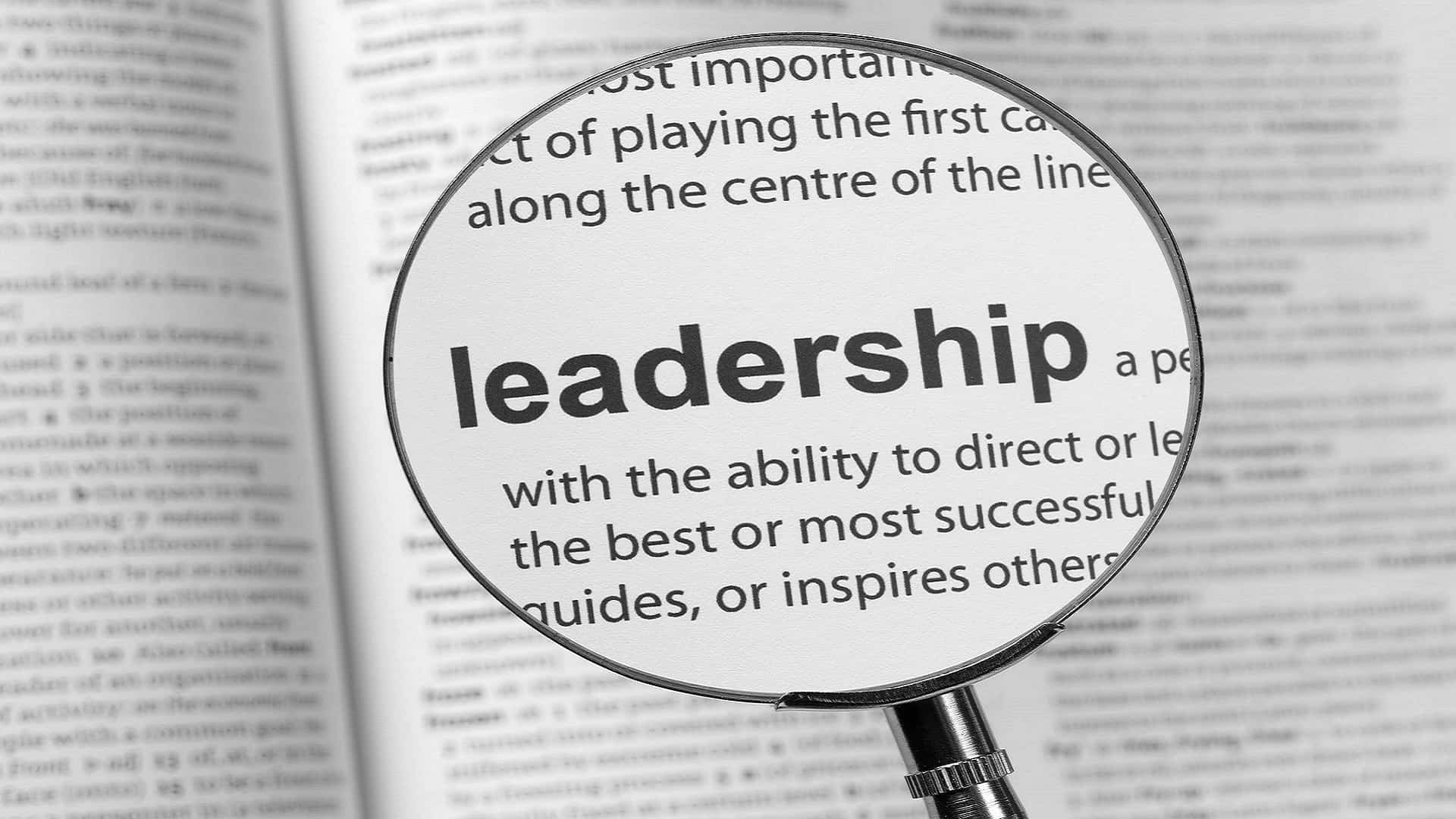What Does Leadership Mean to You?
How you define leadership and what it means in your career could be a key factor in whether you ever get a seat at the table.
I often open leadership training and facilitation experiences with the question, “What is leadership?”
Some participants respond with skills or behaviors, like inspiring and motivating people. Others ascribe vision, strategic planning, and goal-setting to leadership. Finding talent, developing people, and building future leaders are also sometimes mentioned.
Other participants offer traits or attributes such as integrity, reliability, and setting a good example. Fairness, kindness, and approachability are often mentioned, along with positivity, optimism, and energy. Some bring up qualities like intelligence and business savvy.
Occasionally someone defines leadership as a position, title, or role in an organization. I’ll caution that describing leadership as an official capacity can result in a skewed understanding of what it means to be a leader. And, by the way, people who equate leadership to a position typically make the worst leaders or don’t get invited to the leadership table in the first place.
In “The 21 Irrefutable Laws of Leadership,” best-selling author John Maxwell offers a simple, one-word definition of leadership: “Leadership is influence.” I also like the way leadership author, speaker, coach, and psychologist Henry Cloud defines leadership. He says, “Leadership is the process of getting from here to there.” Cloud’s explanation creates a sense of movement and direction.
As a visual paradigm during my coaching, I write “here” and “there” on opposite corners of a flipchart, whiteboard, or paper. In the upper right corner, “there” represents the vision or goal. The place called “here” in the lower left corner symbolizes the current state or starting point.
This paradigm works at both a macro and micro level. It can be used to describe the exercise of leadership on a big stage, like leading a movement, community, or organization. It’s also useful on a smaller scale, to describe what it takes to lead a small project, task, or activity. The paradigm is also helpful on an individual level when contemplating one’s personal vision. But regardless of scale, the best leaders master the two Rs of leadership when trying to move from here to there: achieving results and building relationships.
Achieving results is a common driver of accounting and finance professionals. While leaders who are heavily results-oriented are likely to get “there,” they also run the risk of losing people along the way. Their team may feel unappreciated for their efforts to reach the goal — or they become frustrated at a lack of opportunity to provide input and feedback as decisions are made. They tire from the high drive to achieve results. This is costly from the standpoint that life and leadership consist of a series of “here to there” journeys. If we burn our people out on the current journey (pretty common in the accounting and finance world), they aren’t likely to re-up for the next one. Worse even, the typical leader has several “here to there” journeys going on simultaneously.
There are also downsides for leaders with too heavy of a relationship orientation. People-pleasing tendencies get in the way of making tough decisions. A lack of clarity ensues because clear direction may offend certain team members and disappoint others. Collaboration is great, but over-collaboration stalls progress. Team members feel heard and cared for but eventually become frustrated by a lack of progress.
The reality is that few leaders are equally strong or balanced in the two Rs, while many aren’t aware of their strengths and struggles in each area at all. This creates gaps and blind spots in their leadership style and potential. Elevating one’s self-awareness of their leadership style and behaviors can help achieve the elusive right mix of results and relationships behaviors, but awareness alone is not always enough to earn an influential seat at the table.
During a recent executive team retreat, one leader highlighted the importance of initiative, which applies to both Rs of leadership. Initiative is both an attribute and behavior that helps you stand out as a leader, and it’s one key to getting a seat at the leadership table, regardless of where you rank in your organization now.
From a leadership perspective, I describe initiative this way: The leader goes first. Don’t get me wrong; the leader goes first philosophy does not convey a sense of entitlement or privilege about leadership — it’s about anticipating, noticing, and serving the needs of your team and organization. What does that mean in practical terms that you can put into practice? Here are 10 suggestions:
- The leader goes first to remind others of the vision or goal before them (the place called “there”).
- The leader goes first to navigate unresolved conflict in subordinate, peer, client, customer, and vendor relationships.
- The leader goes first to connect with clients or customers on ways the organization can better serve them.
- The leader goes first to suggest process improvements that will make their department or organization more efficient.
- The leader goes first to care for team members who are struggling with personal concerns or challenges.
- The leader goes first to volunteer for special projects that will move their team or department forward.
- The leader goes first to confront a team member who engages in negative behaviors detrimental to the team.
- The leader goes first to support and execute on organization-wide change initiatives critical to the enterprise’s success.
- The leader goes first when seeing that the boss is overwhelmed and needs support or someone to take on tasks.
- The leader goes first to delegate assignments that will help someone on the team learn new skills and grow professionally.
Even if the above scenarios don’t quite play out for you, you can still apply the leader goes first concept in your workday. To start, build it into your mindset by asking yourself this simple question as you start each work day: How can I show initiative today? Then, seek out ways and opportunities to take initiative, and keep a watchful eye for scenarios like the ones described above.
Ultimately, my challenge to you is to stretch yourself, get out of your comfort zone, and take a risk. Because when you become a person of initiative, you had better get ready for your invitation to take a seat at the leadership table.
This article was first published in my Leadership Matters column for the Illinois Society of CPAs Insight magazine.









